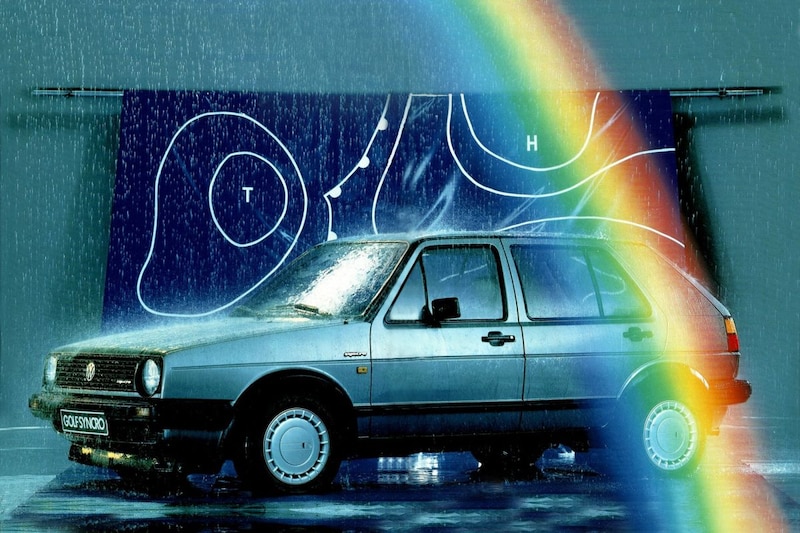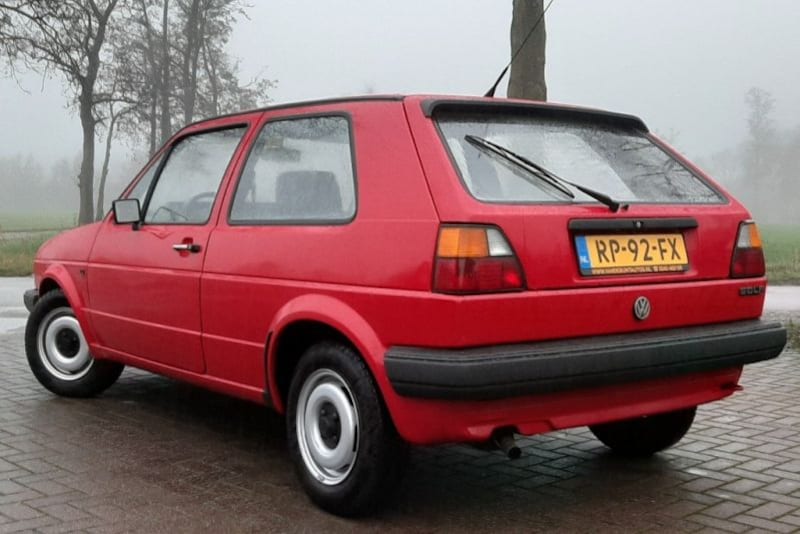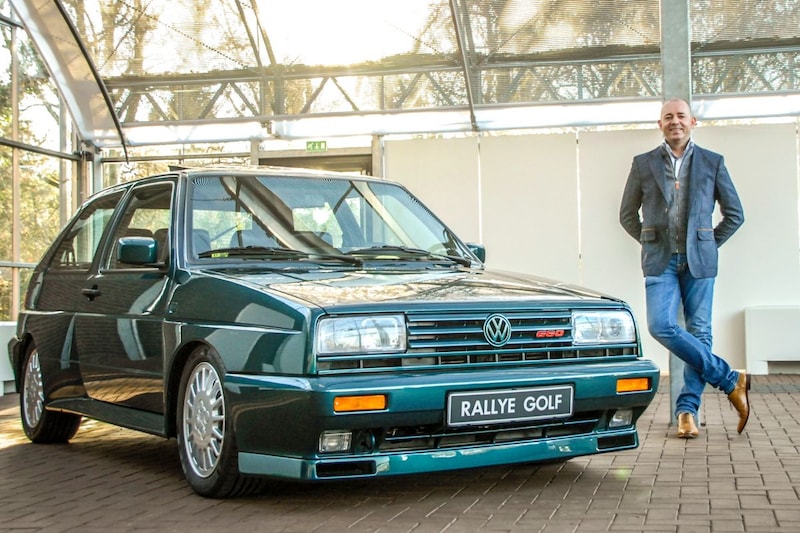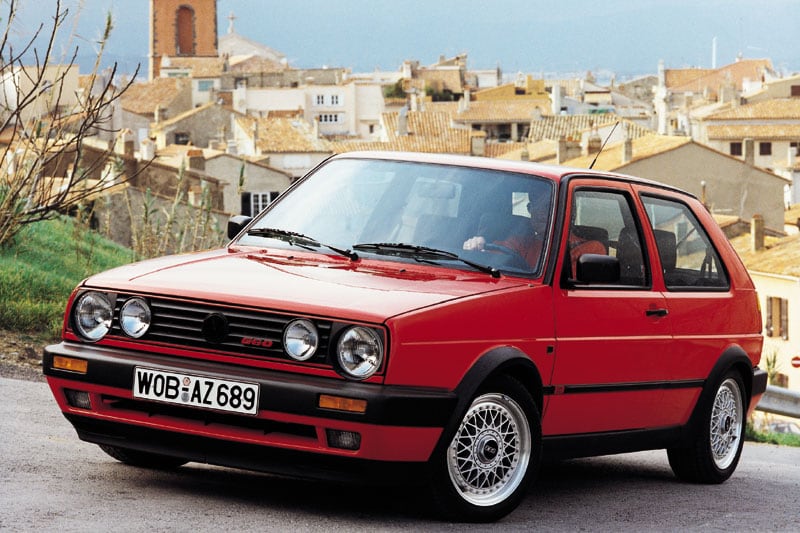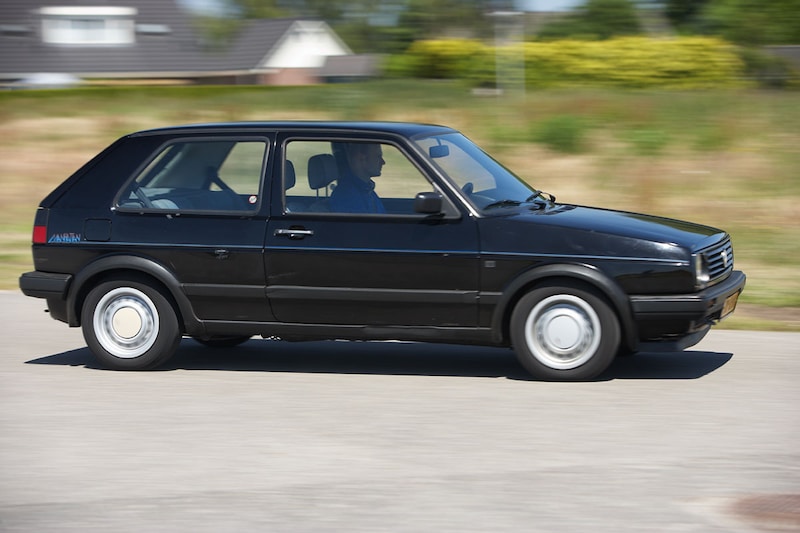In contrast to the Kadett E still very visible
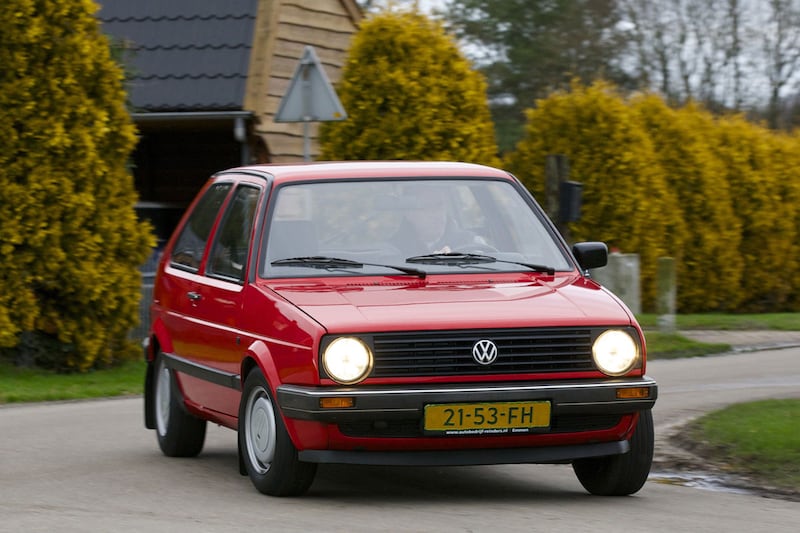

No, a Volkswagen Golf II will not turn your head. And there is no cult status either, because he has never really disappeared from the streets. This VW is simply too good for that. You can blame him for a lack of charm, but on rational grounds he definitely convinces.
You can safely call the Golf a car with a Calvinist slant. From its birth in 1974, the compact VW was always a bit boring and each new generation got a somewhat predictable appearance, but from a purely rational point of view there was little to criticize. Yet, in terms of sales, the second-generation Golf in our country did not even come close to the numbers that Opel managed to sell from the Kadett E. The Netherlands was still Opel country at the time, the Kadett dominated the streets.

How different is that today. Where the fifth generation Kadett seems to have disappeared to the eternal hunting grounds, you still see Golf number 2 driving surprisingly often. And that while this car is definitely no longer a common occasion. After all, even the copies from the last year of construction, 1992, are already 30 years old. The fact that you come across it so often says something about the quality of this model. This really is a car with great endurance. For example, rust has virtually no effect on the body of the Golf and the engines only require new oil and a new timing belt now and then. Golf drivers therefore remained loyal to this model for a long time and if they nevertheless said goodbye to their Golf II, they still regard it as the benchmark to this day. Quality has traditionally been of paramount importance to Volkswagen, but perhaps the Golf II was perhaps even too good from the manufacturer’s point of view. After all, a car that does not break down will not be replaced.

In 1977 started development Golf II
We go back to the year 1977. Volkswagen starts developing the second generation Golf. Wave number 1 has just picked up steam, even the most avid Beetle riders are slowly tacking. In terms of safety, power, driving characteristics and comfort, the second generation must of course take steps, without significantly differing from its predecessor. Design proposals from outside are rejected, the VW management prefers to rely on the conservative designs of the in-house designers led by Herbert Schäfer. This causes disappointment at first.
Too much further development Golf I
In the eyes of the press and the public, the Golf II does not look like a real new model, more like a further development of its predecessor. A reproach that the Gulf receives to this day, although that cautious approach may well be the basis of its success. With the Golf II, aspects have mainly been renewed that the customer does not see. For example, the cd value has been reduced from 0.41 to a respectable 0.34. The tank capacity increased from 44 to 55 liters, because Volkswagen says it has used every corner. The result: a tank that seems to have been designed by a beanbag manufacturer and a range of between 700 (GTI) and 1,000 kilometers (diesel). The engines and chassis were only adapted to the higher weight, longer wheelbase and wider track and slightly improved. However, the layout – transverse engine in the front, front-wheel drive, MacPherson struts at the front and a torsion beam at the rear – remains unchanged.
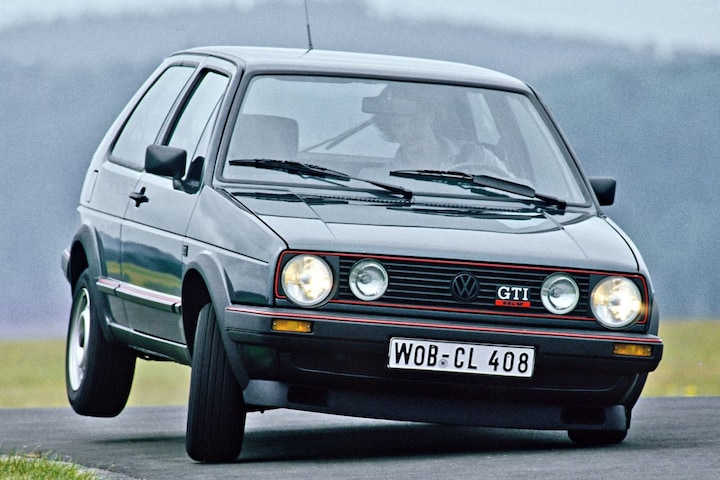
The second Volkswagen Golf GTI only got hot again with the arrival of the 16V, which came in 1986.
Wolfsburg will thoroughly overhaul the bodywork. The first Golf generation was in fact quite sensitive to rust and Volkswagen has done everything possible to solve that problem. The new car must be able to survive its owner, according to the group’s top. If a customer is deeply impressed by the quality of his Golf, he will also buy its successor, or so the reasoning. The anti-rust treatment receives a lot of attention. For example, all body parts receive a protective layer, the seams at the doors, the bonnet and the tailgate receive an extra good seal and the ‘flood preservation’ wax filling in the cavities must ensure that the body parts last just as long as the mechanical components.

From math teacher to yup
Volkswagen excludes the biggest risk to quality from production: the human factor. In the Wolfsburg factory, 70 robots help with the final assembly. The intention is that 2,500 Golfs roll off the production line every day and in order to be able to sell them, VW supplies the Golf in many versions. In addition to being a bare basic model, it is available as C, CL, GL and GLX. The option lists are nevertheless very long. For example, car journalists grumbled at the time that there was only a homecoming in the trunk. However, that deters few customers. At its debut, the new Golf is available with a 55 hp 1.3 liter petrol engine, which as ‘Formel E’ is equipped with fuel-saving features such as a longer fifth gear and a start-stop system. Those in a hurry can opt for the 1.6 with 75 hp, the 1.8 (in the GLX) with 90 hp or of course the GTI, which delivers 112 hp. Thrifty people diesel with 54 horsepower at a leisurely pace to their final destination, the turbo diesel with 70 hp makes economical driving a bit more bearable. With the introduction of injection engines and versions with a catalytic converter, the model range will eventually become so wide that there is a suitable Golf for everyone, from the math teacher to the yup. There are even three versions of the GTI in the late days, the 8V, 16V and the G60. Extreme were the Rallye and the long-legged Country.
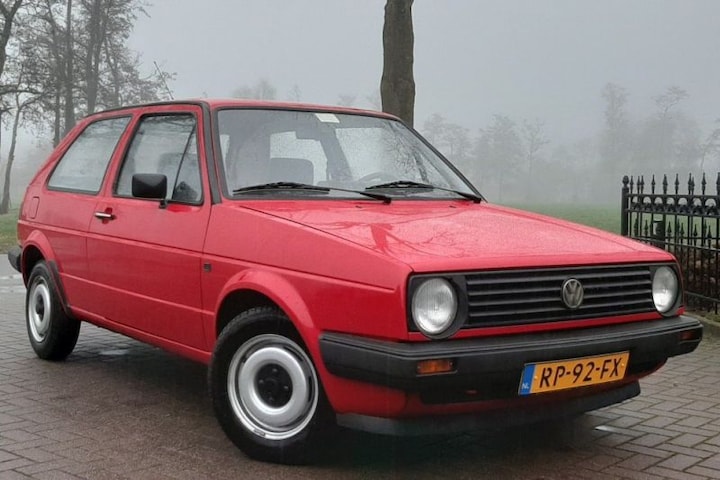 A 1987 Volkswagen Golf, that year the style would disappear from the door window.
A 1987 Volkswagen Golf, that year the style would disappear from the door window.
At the end of 1987, the model received a facelift that was modest in keeping with VW tradition. For example, the small windows in the front doors (which, by the way, cannot be opened) clear the field, so that the exterior mirrors are finally clearly visible. Furthermore, the bumpers on the sides are wider, the grille has only four slats instead of six and the type designation on the back gets trendy cursive letters. Two years later, it happened again. Volkswagen mounts ‘thick bumpers’ from the GL trim level, so also on all GTIs.
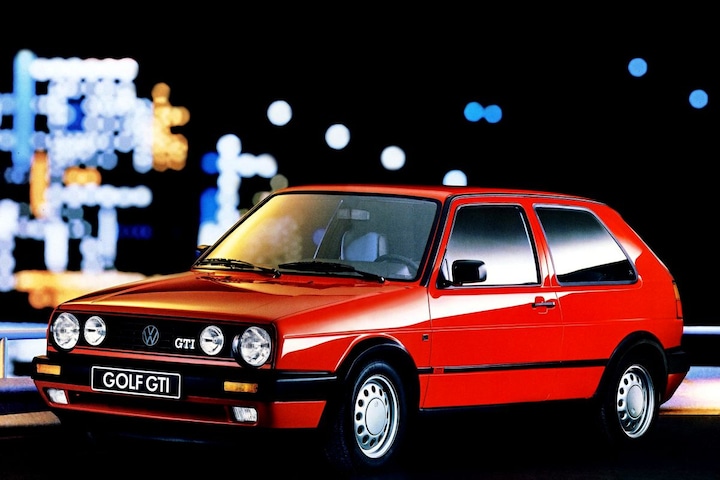
In the used car range on the site you can still see many second-generation Golfs for sale. Many GTIs, including very expensive G60s, but also good ones, which are still quite original.
.
– Thanks for information from Autoweek.nl
